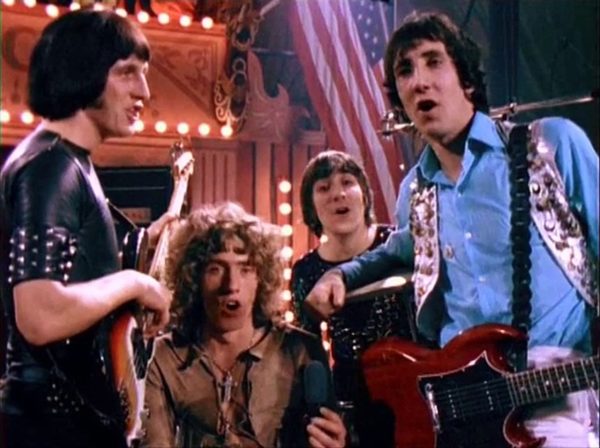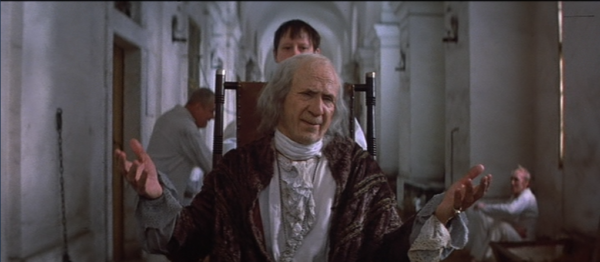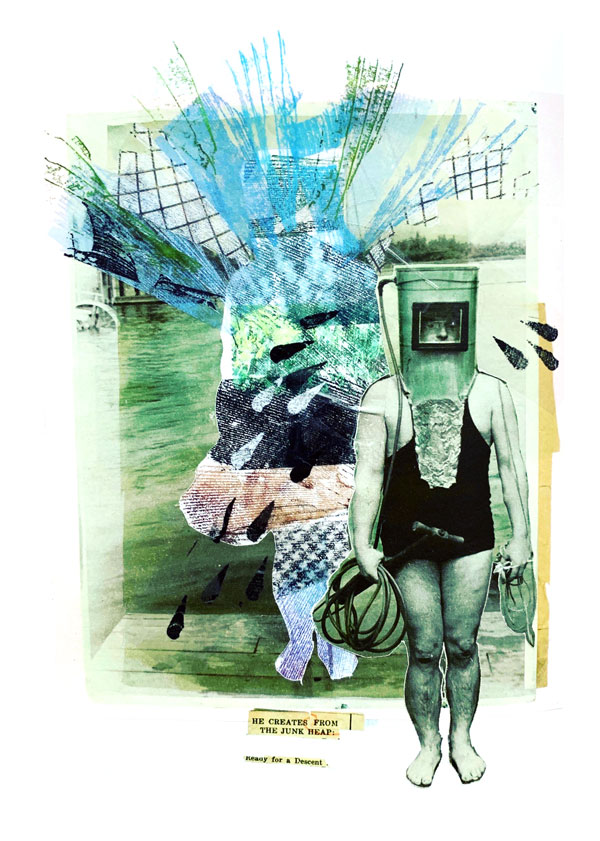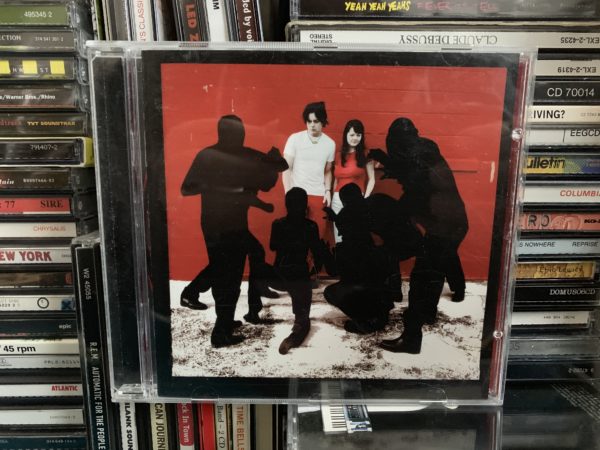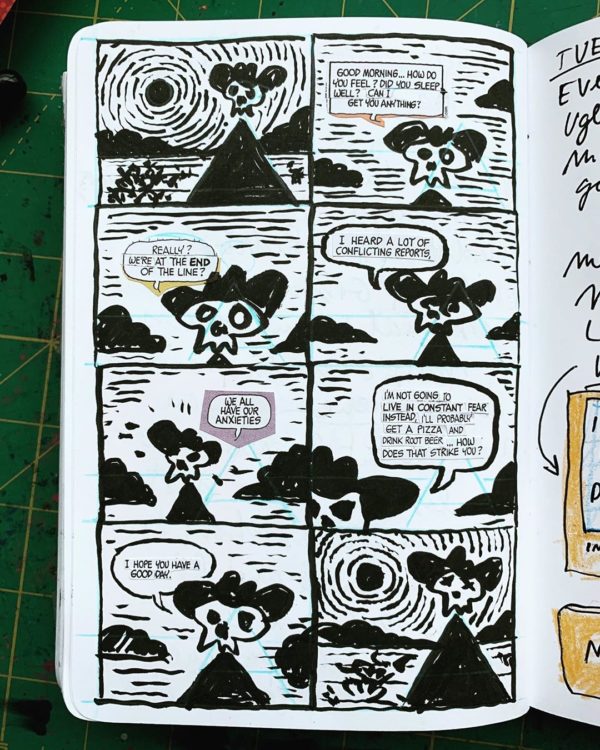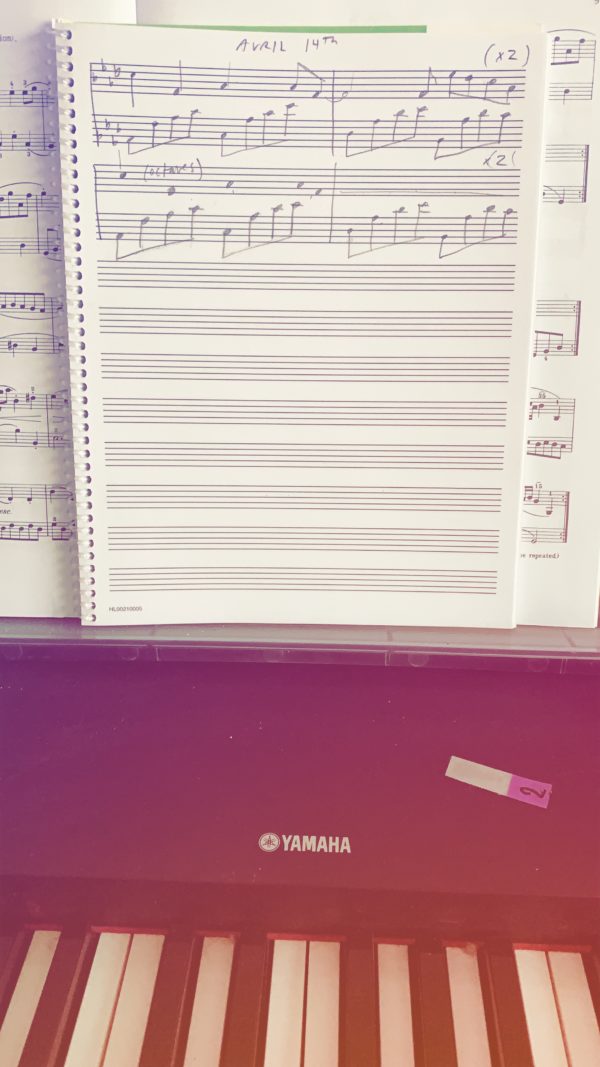
Because I am, obviously, insane, I’m learning Aphex Twin’s “Avril 14th” by copying each measure by hand and learning each section as I go. Here are the first few bars:
Happy Friday here’s me trying to learn Aphex Twin pic.twitter.com/MTeAJKKOmg
— Austin Kleon (@austinkleon) January 10, 2020
I’ll let you know how it goes. (So far, I’m not sure the copying part is adding that much to the practicing part.)
And just for fun, here’s a video of Will Van Horn doing it on pedal steel:
